AiNetStudio® Manual
LEGAL NOTICE
.aidb® — The .aidb file extension is a registered trademark of Ouslan, Inc., used since 1991. All rights reserved worldwide.
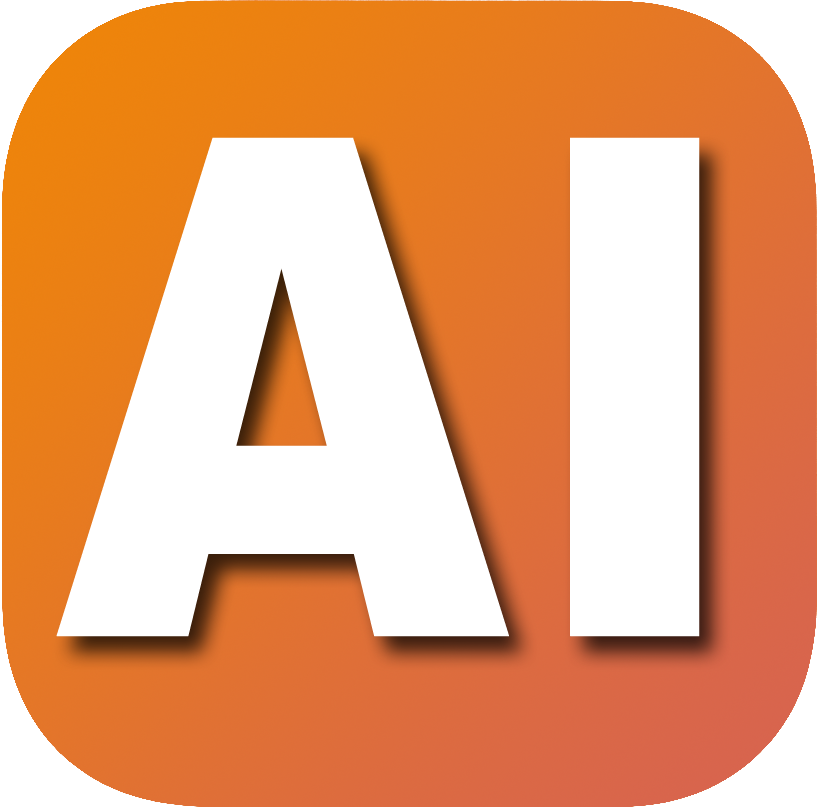
|
This image is the official registered trademark icon and
logo for AiNetStudio®. All rights reserved worldwide. |
Introduction
Open-Source App to Help Build Antigravity UFOs and Manned Drones
🔧 Connect custom devices directly into the system
🧠 Build and train AI Neural Networks to monitor live engine parameters
✈️ Enable controlled flight through adaptive AI models
Devices
Device Connectivity
AiNetStudio® bridges lab/bench hardware to AI neural nets on Windows. It ingests real-time signals, tags them, and streams them into model pipelines.
Typical Devices
- Scales/Load Cells: RS-232, USB (HID/POS), or Bluetooth (SPP) weight output.
- Temperature / Humidity: USB probes, Modbus RTU/TCP sensors, BLE GATT env. services.
- Electrical Measurement: DMMs, power meters, DAQs, oscilloscopes via SCPI/USBTMC or TCP.
- Actuators/Drivers: Motor/relay controllers over serial or Modbus for closed-loop tests.
How They Connect to Windows
- USB: Virtual COM (CDC/ACM), HID, USBTMC; may require vendor driver.
- Serial RS-232: Via USB–RS232 adapter; appears as
COMx. - Ethernet/Wi-Fi: TCP/UDP sockets, REST, MQTT, Modbus TCP.
- Bluetooth/BLE: Classic SPP (serial) or BLE GATT characteristics.
- GPIB (legacy): Through USB-GPIB interfaces.
Quick Setup
- Install any required drivers; note the assigned
COMport in Device Manager. - Select Port/Protocol in AiNetStudio® (baud, parity, IP/port, or BLE device).
- Click Connect to start streaming; verify live readings.
- Optionally enable logging and AI tagging for model training.
Video Collection
Video Top
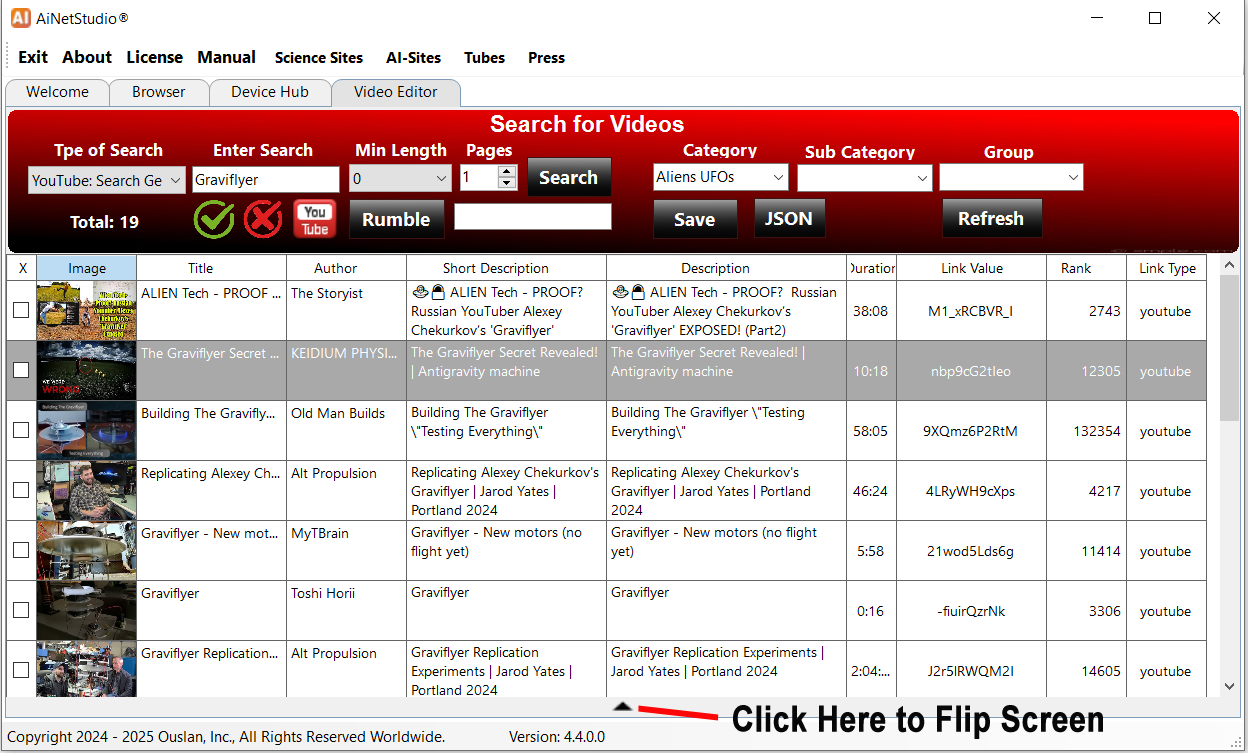
Video Bottom
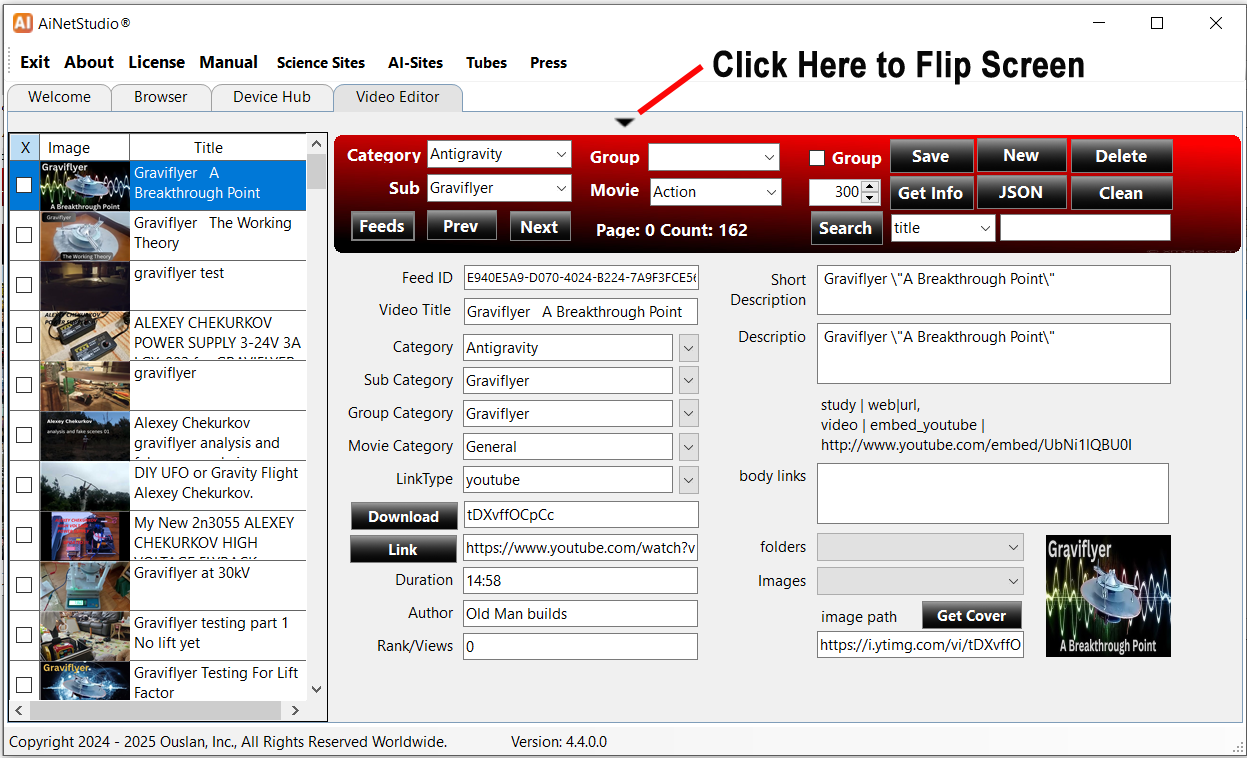
Video Bottom
Patents & Papers
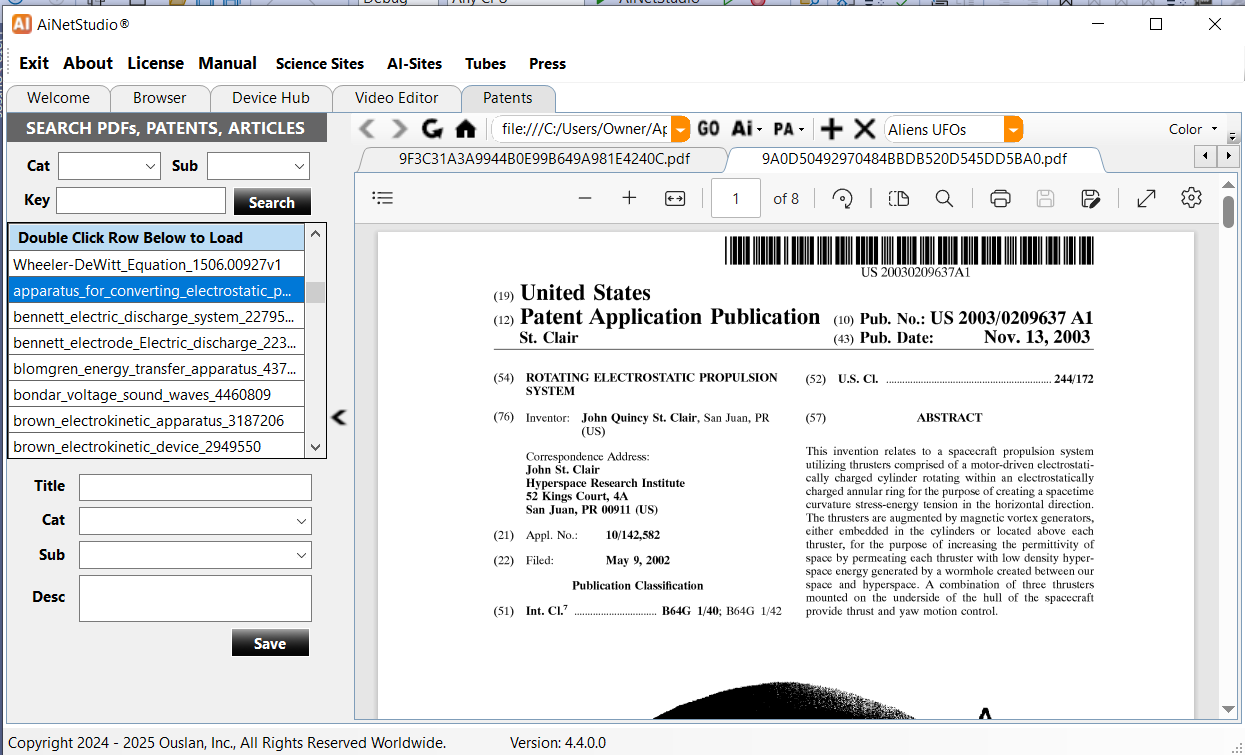
Developers
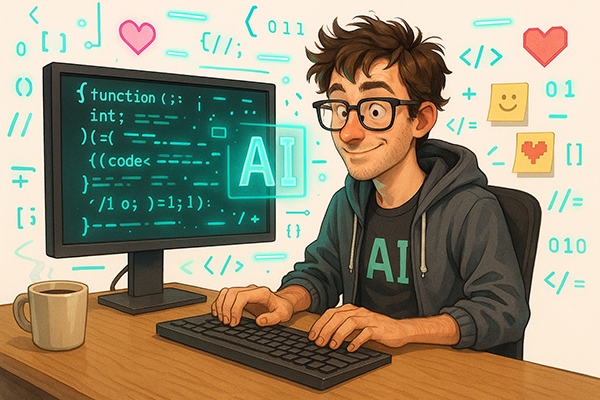
Why C# WinForms App?
Why ML.NET Instead of Python
- Single-language deployment. No Python runtime to ship, no venv/conda, no pip dependency drift. Your installer stays clean.
- Tight C# integration. Models are strongly typed; training/inference runs inside your app domain with your DTOs and services.
- Works fully offline. Training and prediction happen on the client with no external services—important for your accounting app.
- Good fit for your tasks. Classification, anomaly detection, forecasting, and AutoML are built-in and sufficient for categorization, fraud/flagging, and simple time-series.
- Production reliability. .NET’s tooling, debugging, and profiling are first-class for your team; fewer ops headaches than managing Python on end-user machines.
- Distribution & compliance. Many enterprise desktops allow .NET apps but restrict Python; ML.NET avoids that policy friction.
- Interop when needed. You can import/export ONNX and call out to TorchSharp if you ever need deeper models—still without Python.
Why SaaS Is Very Bad for Consumers
AINetStudio® is 100% FREE!
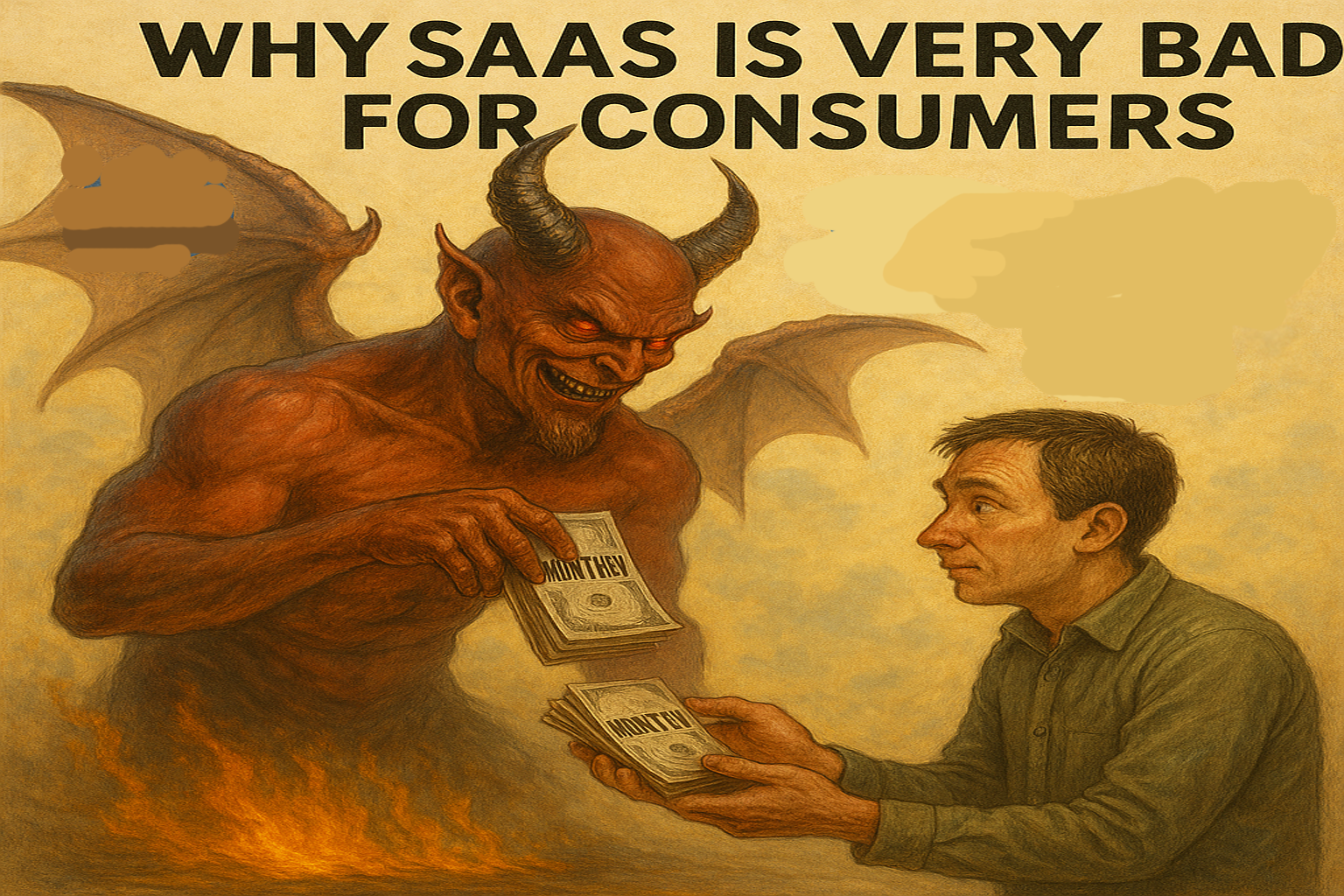
Our FREE Ai Software allows users to own their copy, providing greater control and alleviating risks and problems associated with the SaaS model. READ THIS: Forbes Article
SaaS (Software as a Service) is way of delivering software over the internet where users are forced to pay a subscription fee to access the software, instead of buying and owning the software. The software runs on the provider's servers and is accessed through a web browser.
In our opinion, SaaS presents serious drawbacks for consumers and is downright despicable:
- Recurring Costs: SaaS models often involve ongoing subscription fees which means that consumers NEVER STOP PAYING for the use of the software. We say to hell with compnies using the SaaS model.
- Data Privacy Concerns: Storing data on external servers in the cloud managed by third-party providers can raise issues regarding data security and privacy, especially if the provider experiences breaches or mishandles data. NEVER PUT YOUR DATA ON THE CLOUD !!!
- Dependence on Internet Connectivity: Accessing SaaS applications requires a stable internet connection. Service disruptions or limited connectivity can hinder access to essential tools and data.
- Limited Control and Customization: Consumers may have restricted ability to modify or customize SaaS applications to fit their specific needs, as they do not own the software.
- Vendor Lock-In: Migrating from one SaaS provider to another can be challenging due to data portability issues and compatibility concerns, potentially limiting consumer choices.